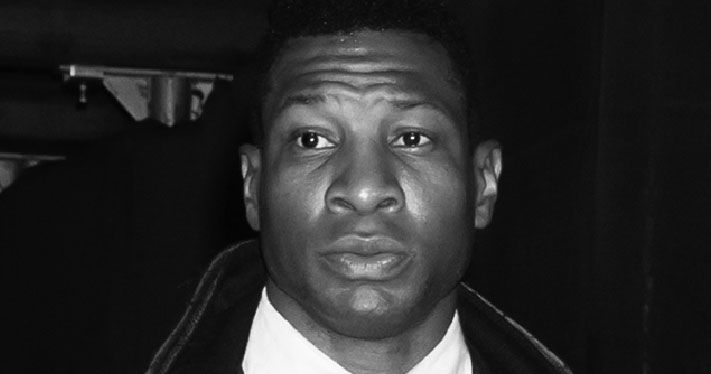Text-to-image diffusion models are generative models that generate images based on the text prompt given. The text is processed by a diffusion model, which begins with a random image and iteratively improves it word by word in response to the prompt. It does this by adding and removing noise to the idea, gradually guiding it towards a final output that matches the textual description.
Consequently, Google DeepMind has introduced Imagen 2, a significant text-to-image diffusion technology. This model enables users to produce highly realistic, detailed images that closely match the text description. The company claims that this is its most sophisticated text-to-image diffusion technology yet, and it has impressive inpainting and outpainting features.
Inpainting allows users to add new content directly to the existing images without affecting the style of the picture. On the other hand, outpainting will enable users to enlarge the photo and add more context. These characteristics make Imagen 2 a flexible tool for various uses, including scientific study and artistic creation. Imagen 2, apart from previous versions and similar technologies, uses diffusion-based techniques, which offer greater flexibility when generating and controlling images. In Imagen 2, one can input a text prompt along with one or multiple reference style images, and Imagen 2 will automatically apply the desired style to the generated output. This feature makes achieving a consistent look across several photos easily.
Due to insufficient detailed or imprecise association, traditional text-to-image models must be more consistent in detail and accuracy. Imagen 2 has detailed image captions in the training dataset to overcome this. This allows the model to learn various captioning styles and generalize its understanding to user prompts. The model’s architecture and dataset are designed to address common issues that text-to-picture techniques encounter.
The development team has also incorporated an aesthetic scoring model considering human lighting preferences, composition, exposure, and focus. Each image in the training dataset is assigned a unique aesthetic score that affects the likelihood of the image being chosen in later iterations. Additionally, Google DeepMind researchers have introduced the Imagen API within Google Cloud Vertex AI, which provides access to cloud service clients and developers. Furthermore, the business partners with Google Arts & Culture to incorporate Imagen 2 into their Cultural Icons interactive learning platform, which allows users to connect with historical personalities through AI-powered immersive experiences.
In conclusion, Google DeepMind’s Imagen 2 significantly advances text-to-image technology. Its innovative approach, detailed training dataset, and emphasis on user prompt alignment make it a powerful tool for developers and Cloud customers. The Integration of image editing capabilities further solidifies its position as a powerful text-to-image generation tool. It can be used in diverse industries for artistic expression, educational resources, and commercial ventures.
Rachit Ranjan is a consulting intern at MarktechPost . He is currently pursuing his B.Tech from Indian Institute of Technology(IIT) Patna . He is actively shaping his career in the field of Artificial Intelligence and Data Science and is passionate and dedicated for exploring these fields.
Credit: Source link












































